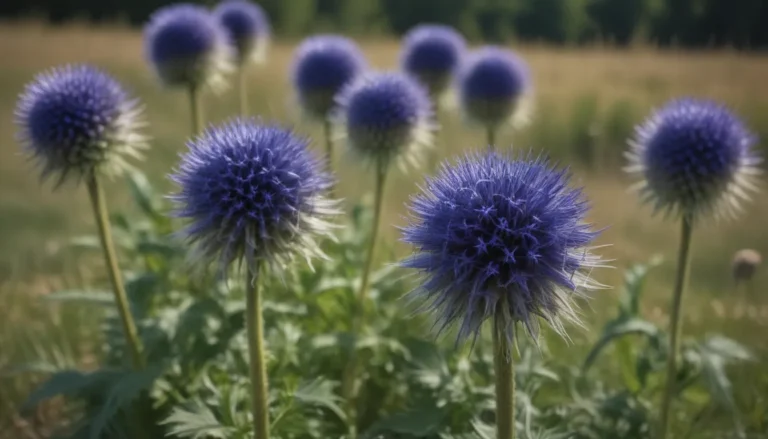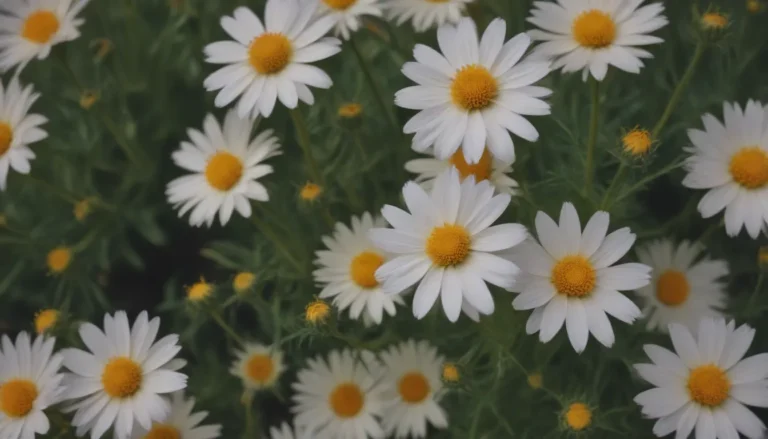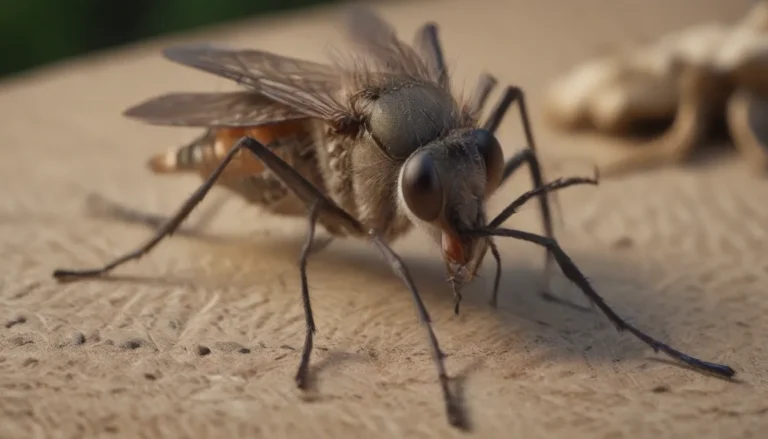The Ultimate Guide to Growing and Caring for Camellia Sinensis (Tea Plant)

Welcome to the ultimate guide on how to grow and care for Camellia Sinensis, also known as the tea plant. Whether you’re a seasoned gardener or just starting out, this informative article will provide you with all the valuable information you need to successfully cultivate and nurture your very own tea plant.
Introduction to Camellia Sinensis
Camellia sinensis, commonly known as the tea plant, Assam tea, or tea camellia, is a fragrant and flowering shrub that adds a touch of elegance to any garden. This plant is not only beautiful to look at but its leaves, used for making tea, are cultivated around the world. Commercially grown in Asia and India, the glossy green leaves of Camellia Sinensis take about three years to mature for harvesting, making it both a functional and ornamental addition to your garden.
Characteristics of Camellia Sinensis
- Flowers autumn through early winter with small, white or pink flowers
- Glossy, deep green leaves that make it an outstanding foliage specimen
- Ideal for groupings, hedges, foundation plantings, borders, and container gardening
Tea Plant Care
Whether you’re growing Camellia Sinensis indoors as a houseplant or outdoors in your garden, proper care is essential for its well-being. Here are some key tips to help you ensure that your tea plant thrives:
Light
- In lower hardiness zones, ensure the plant receives 6 hours of direct sunlight daily
- In zones 8 and 9, provide 2 to 6 hours of direct light and afternoon shade
Soil
- Plant Camellia Sinensis in acidic soil with pH levels of 4.0 to 5.5
- Conduct a soil test before planting to ensure proper acidity levels
- Tea plants thrive in clay, sand, and loam with high organic matter content
Water
- Water regularly to keep the soil evenly moist
- Potted plants may require daily watering with rainwater or distilled water
- Avoid overwatering and ensure containers have proper drainage
Temperature and Humidity
- Keep the plant in temperatures between 70°F to 85°F during the growing season and 45°F to 61°F during dormancy
- Maintain humidity levels, especially for indoor plants
Fertilizer
- Use organic or standard NPK formulas for fertilizing Camellia Sinensis
- Feed every other month with a balanced NPK 10-10-10 formula for harvesting leaves for tea
- Use higher phosphorous fertilizer for promoting flower growth
Types of Tea Plant
There are two main varieties of Camellia Sinensis – sinensis and assamica, each with numerous cultivars that can be used to make different types of tea. The type of tea produced is influenced by growing conditions and processing methods.
Main Varieties:
- Camellia Sinensis Sinensis
- Camellia Sinensis Assamica
- Camellia Sinensis ‘Rosea’
Pruning and Propagating Camellia Sinensis
Proper pruning and propagation are essential for maintaining the health and shape of your tea plant. Here are some tips for pruning and propagating Camellia Sinensis:
Pruning
- Prune in late winter or early spring after the bloom period
- Shape immature shrubs and control growth by removing damaged or diseased branches
Propagating
- Use single leaf cuttings for effective propagation
- Take softwood cuttings during the active growing season
- Follow proper steps for successful propagation
Potting and Overwintering
For those growing Camellia Sinensis in pots, proper potting and overwintering practices are crucial. Here are some guidelines to help you keep your tea plant healthy and thriving:
Potting
- Choose a container two times wider and deeper than the rootball
- Use quality potting soil mixed with aged compost
- Repot every three to four years to prevent rootbound plants
Overwintering
- Bring plants indoors in areas with hard frost and freezing temperatures
- Maintain cooler temperatures, bright light, and humidity during dormancy
- Protect outdoor plants with mulch and insulation during winter
Common Pests and Plant Diseases
Camellia Sinensis is susceptible to pests and diseases both indoors and outdoors. Here are some common issues to watch out for:
Pests
- Scale, leafhoppers, aphids, spider mites, caterpillars, and grasshoppers
- Use preventive measures and treatments as needed
Diseases
- Bacterial and fungal problems like leaf spots, anthracnose, black mold, petal blight, canker, and root rot
- Monitor and treat infections promptly
Encouraging Blooms
Getting your tea plant to bloom is a rewarding experience. Here are some tips to help you encourage flowering in Camellia Sinensis:
- Maintain optimal temperatures and soil moisture
- Avoid extreme temperature fluctuations
- Prune and fertilize to support healthy blooming
Bloom Months and Characteristics
- Flowers typically bloom in autumn through early winter
- Flowers are small, white or pink, with a sweet pollen scent
Post-Blooming Care
- Prune and shape the plant after the bloom period
- Focus on root maintenance during dormancy for healthy growth
Conclusion
Camellia Sinensis, the tea plant, is a versatile and beautiful addition to any garden. With proper care and maintenance, you can enjoy harvesting your own tea leaves and watching your plant bloom year after year. Remember to provide adequate light, water, and soil conditions, and your tea plant will reward you with its beauty and fragrance for years to come. Happy gardening!





